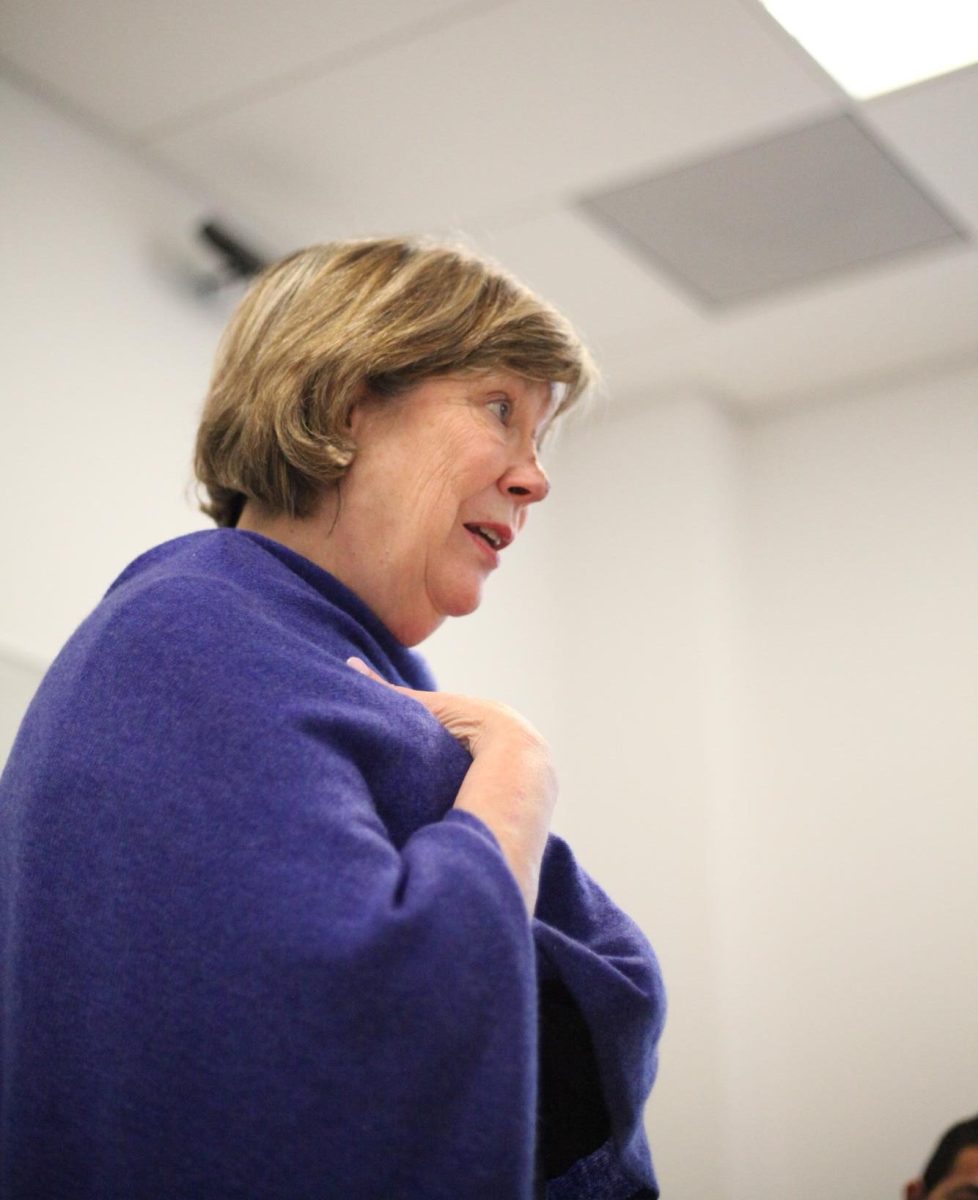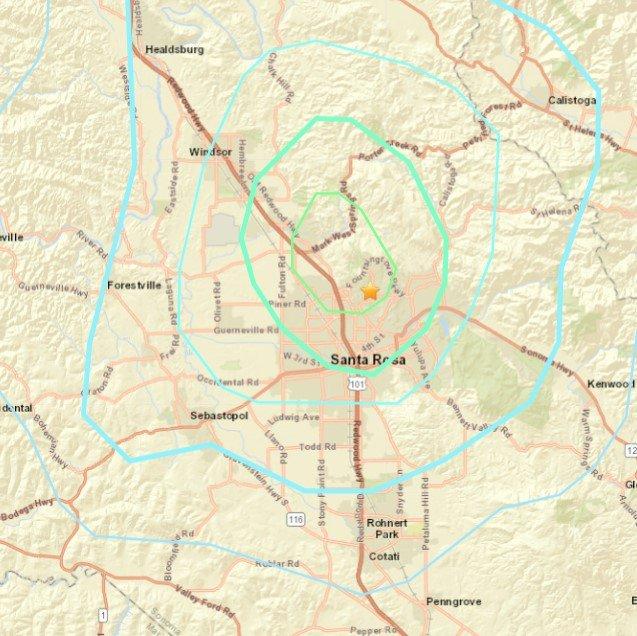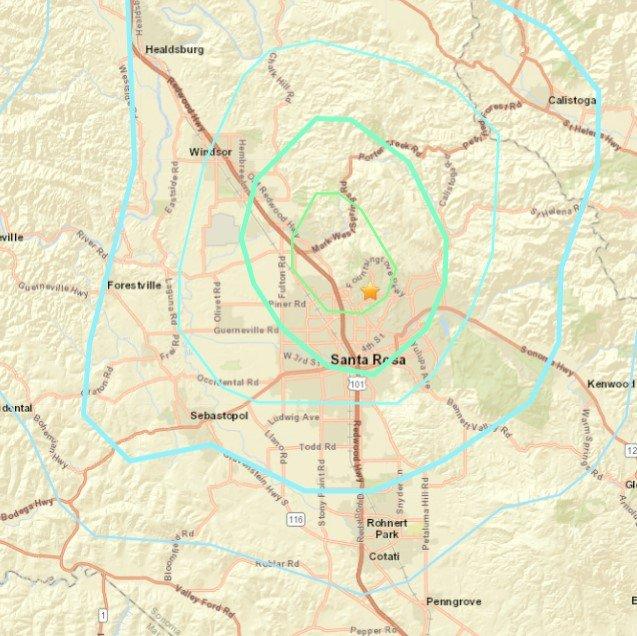Sonoma State University students were rattled by a 4.4 earthquake, and subsequent aftershock of 4.3, that happened Tuesday Sept.13 at 6:39p.m. The quake’s epicenter was about two miles north of Santa Rosa.
Many students were worried about what could happen next. Some called friends and family to make sure they were okay. Malia Carinio, a senior Psychology major said, “I immediately called my mom because she’s the first person I talk to when something like that happens.”
Santa Rosa Fire department kept people up to date with the effects of the earthquake via Twitter, Tuesday night. “Santa Rosa Fire has responded to multiple reports of odors of gas, gas leaks, fire alarms as well as stuck elevators. No reports of any injuries related to the quake at this time,” SRFD Tweeted.
According to the San Francisco Chronicle, “Researchers say the Rodgers Creek Fault that runs from San Pablo Bay North through central Sonoma County was responsible for the Tuesday night shocks.” The Rodgers Creek Fault is also a right-lateral strike-slip fault, which means there are vertical fractures in the Earth’s crust where the plates rub against each other. As the tectonic plates move, pressure builds until the plates overcome the friction and move causing an earthquake to occur.
Right as the shocks hit, an Emergency Alert was sent out by the United States Geological Survey (USGS) ShakeAlert to mobile devices that read, “Drop, Cover, Hold On, Protect yourself.”
Rene Cassano, a senior Communications major had a similar reaction to the earthquake like the alert that was sent out. Cassano said, “My reaction to the Tuesday earthquake was to stop and wait. It did not feel like a really big earthquake and I wasn’t sitting in a dangerous spot so I waited to see if it got stronger.”
The Chronicle also said, “Scientists estimate that these connected faults have a 33% probability of experiencing a major earthquake of magnitude 6.7 or higher before 2043.”
Matty Mookerjee, SSU Geology Professor and GEP Department Chair has the same opinion about a bigger earthquake being due soon. He did clarify that “soon” could be a few million years away, but as time progresses, the likelihood for a larger earthquake increases. Mookerjee said, “Generally speaking, paleo-seismologists believe that the Rodgers Creek Fault (the one closest to campus) has the highest likelihood of having a large earthquake of any of the other Bay Area San Andreas-related faults. It would not be surprising to see a magnitude 6+ earthquake on the Rodgers Creek-Hayward Fault System in the next few decades.”
The Redcross website suggests experiencers of an earthquake to find a doorway and wait the shaking out if they can’t make it outside. However, some doorways are no stronger than any other part of your house so it’s best practice to also get under a sturdy piece of furniture for protection.
COURTESY // earthquake.usgs.gov
Shakemap for the 4.4 and 4.3 earthquakes. The star marks the event’s epicenter.




































